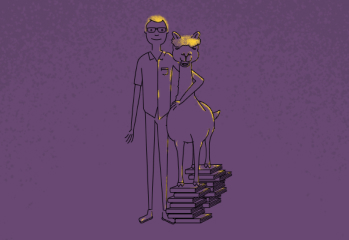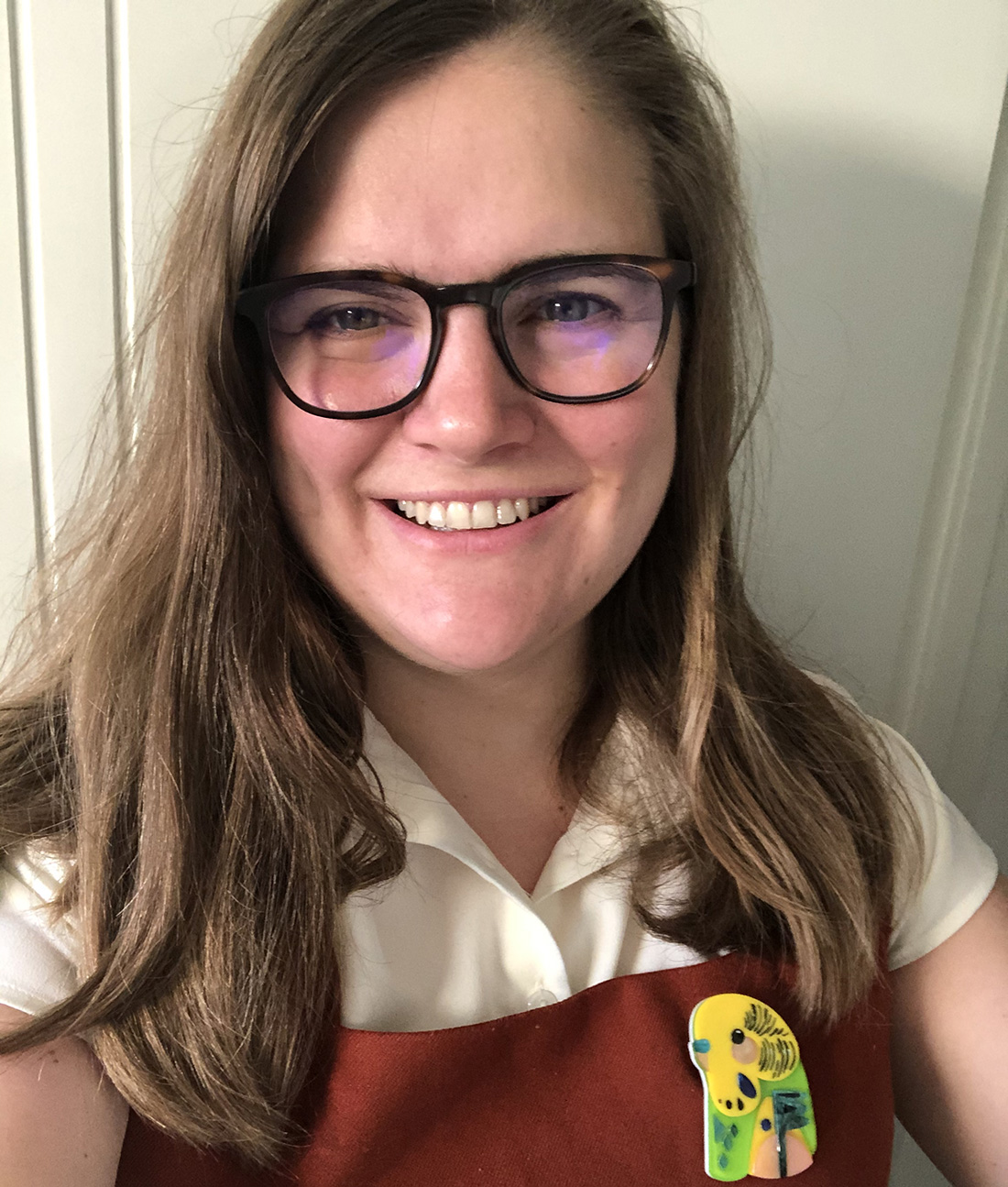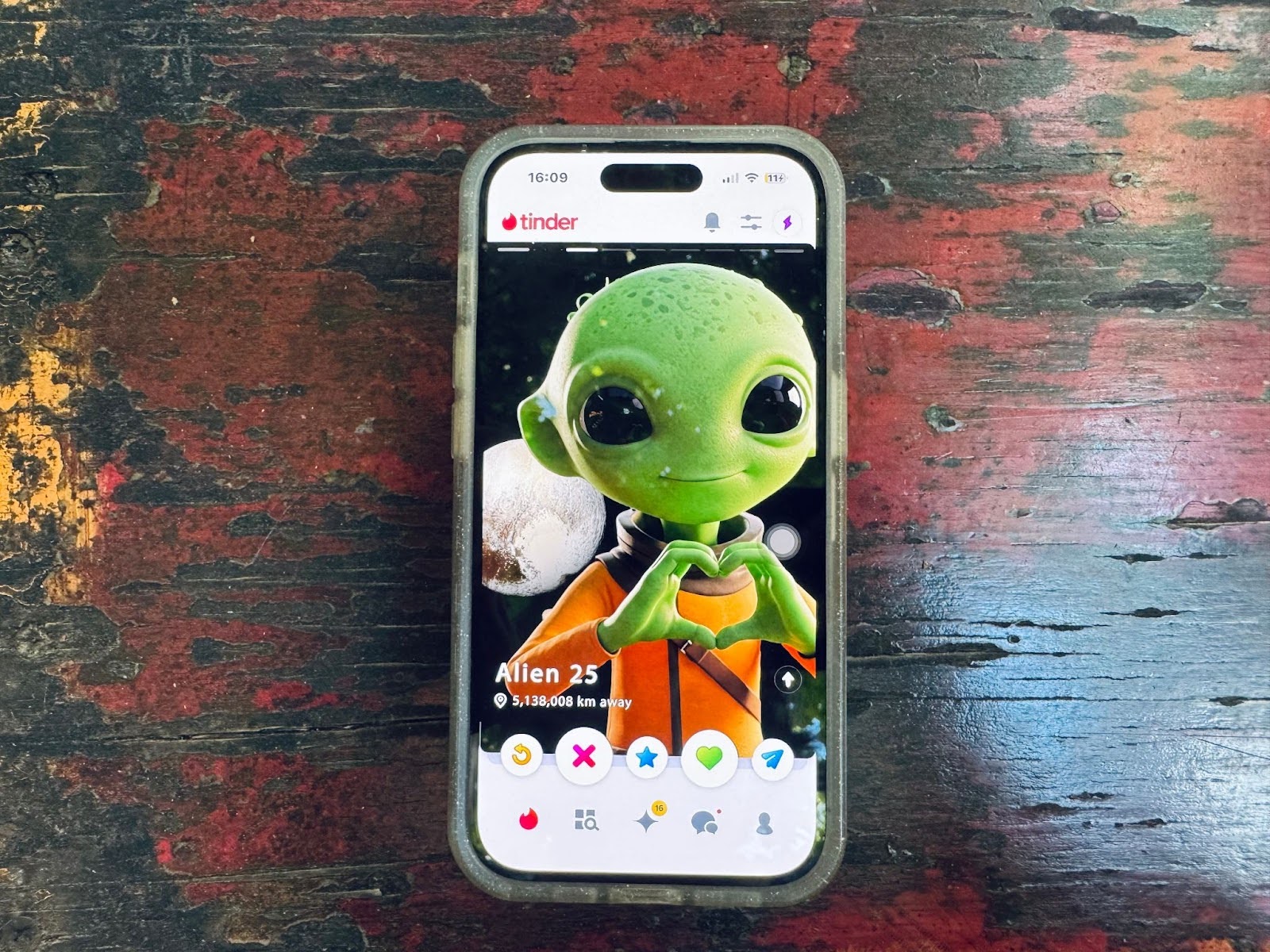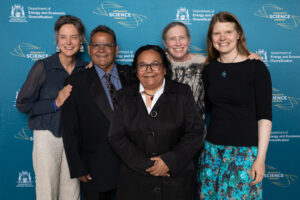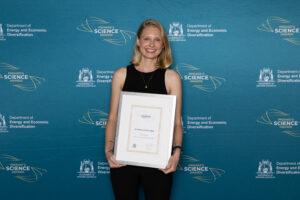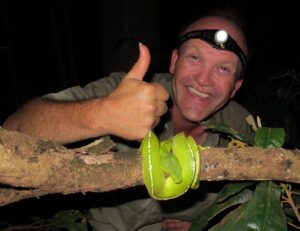It is a truth universally acknowledged that a singleton needing a plus one must be in possession of an app. The other truth? Dating apps are dumpster fires, inspiring movements such as going boy/girl sober.
But what if there was a mathematical equation written in the stars assisting your search for The One?
DON’T LEAVE ME HANGING ON THE TELEPHONE
If you’re convinced you’re going to be forever alone among the swiping seas of selfies and fishing snaps, it may bring you solace that humans have been asking the following question for aeons.
“Are we alone in the universe?”
In an attempt to find the answer, humankind has sent message after message into the void.
But not unlike my unsuccessful search for a good Bananagrams partner, we haven’t had much of a response.
Which, if you were the unlucky recipient of the unsolicited message aboard the NASA Pioneer spacecraft, may explain why we’ve collectively been left on read.

Credit: NASA; public domain https://commons.wikimedia.org/wiki/File:Pioneer_plaque.svg
But it turns out that the person partly responsible for Earth’s first intergalactic dick pic may have discovered the answer to our interstellar lonely hearts club.
Frank Drake devised the Drake equation in 1961.
The equation estimates the likelihood we might detect radio communication from intelligent extraterrestrial life based on a series of astronomical, biological and societal factors.

Credit: Kate Holmes; Tarryn Basden – Credit: Kate Holmes – CC by SA https://creativecommons.org/licenses/by-sa/4.0/deed.en
Through these calculations, Drake proposed there should be around 20 potential planets containing intelligent life forms that Earth should, in theory, be able to communicate with.
But what’s love got to do with it?
COSMIC LOVE
Enter our other knight in shining armour, economics researcher Peter Backus. Armed with a modified version of the Drake equation, he was determined to find another form of highly intelligent life: a girlfriend.

Credit: Kate Holmes; Tarryn Basden – CC by SA https://creativecommons.org/licenses/by-sa/4.0/deed.en
It’s easy to say there are plenty of fish in the sea. After all, Backus lived in the United Kingdom – a country of 61 million ‘fish’.
But much like the large number of galaxies that do not have an Earth-like planet capable of supporting life, Backus quickly showed why the number of potential matches does not add up to 61 million people.
Factors like his sexual orientation, finding an age-appropriate partner, a strong preference to live in the same city and his own pickiness immediately disqualified many potential matches.
How To Be Single (2016), Christian Ditter (dir.), Warner Bros. Pictures, Fair use
LOVE’S A (NUMBERS) GAME, WANNA PLAY?
Someone else’s criteria for a romantic partner might include someone who enjoys long walks, dislikes guacamole, likes dogs and wouldn’t mind having kids one day.
These factors or red flags can act like deal breakers in a kind of filter theory and narrow the number of eligible suitors.
When looking for a partner, be it in life or card games, we all have certain criteria that can dramatically limit the number of proverbial fish in the sea.
After crunching the numbers, Backus came to an encouraging or soul-crushing conclusion: based on all his factors, of the possible 61 million people, only 26 were potentially suitable partners.
So how would the Backus version of the Drake equation fare in a place like Perth, WA? And how on Earth do you find those potential partners?
WHAT ARE THE ODDS?
David Gozzard is a Senior Research Fellow at the International Centre for Radio Astronomy Research (ICRAR).
Working in quantum physics by day, David was captivated by the Drake-Backus equation and how it would work in Perth.
“Perth has a population of around 2 million people,” says David.
“So assuming a few things – like Perth’s population, the Australian birth rate and being far less picky than Peter Backus – there’s actually around 156 people that could be potential partners instead of Backus’s 26 potential girlfriends.”
This sounds like better odds, right?
“And to meet one of those 156 potential partners, you theoretically need to be meeting 24 new people every week for at least 10 years,” says David.
While that’s pretty disheartening, David also says, “If it takes that long to find someone, then how do we find anyone?”
SCIENCE, BUT MAKE IT SOCIAL
The answer lies in Backus’s original assumption that those 26 potential partners are evenly distributed among the population.
Like any good wicked problem, you need more than maths and science – you need the social sciences.
“We spend so much time with people in a similar age group to us, and in those groups, we often have similar hobbies, shared values and interests,” says David.
“Those who are footloose and fancy free are more likely to find others in similar situations and locations than, say, someone else who is married and has kids who you won’t find at a club.”
So perhaps the reason you can’t find a dog-walking buddy is because you’re not going to the dog park.
“It really is a case of birds of a feather flock together.”
Add to the mix the phenomenon of being Perth’d by someone – where there are seemingly next-to-no degrees of separation linking our city’s connections – and chances are you know someone who knows your future favourite person.
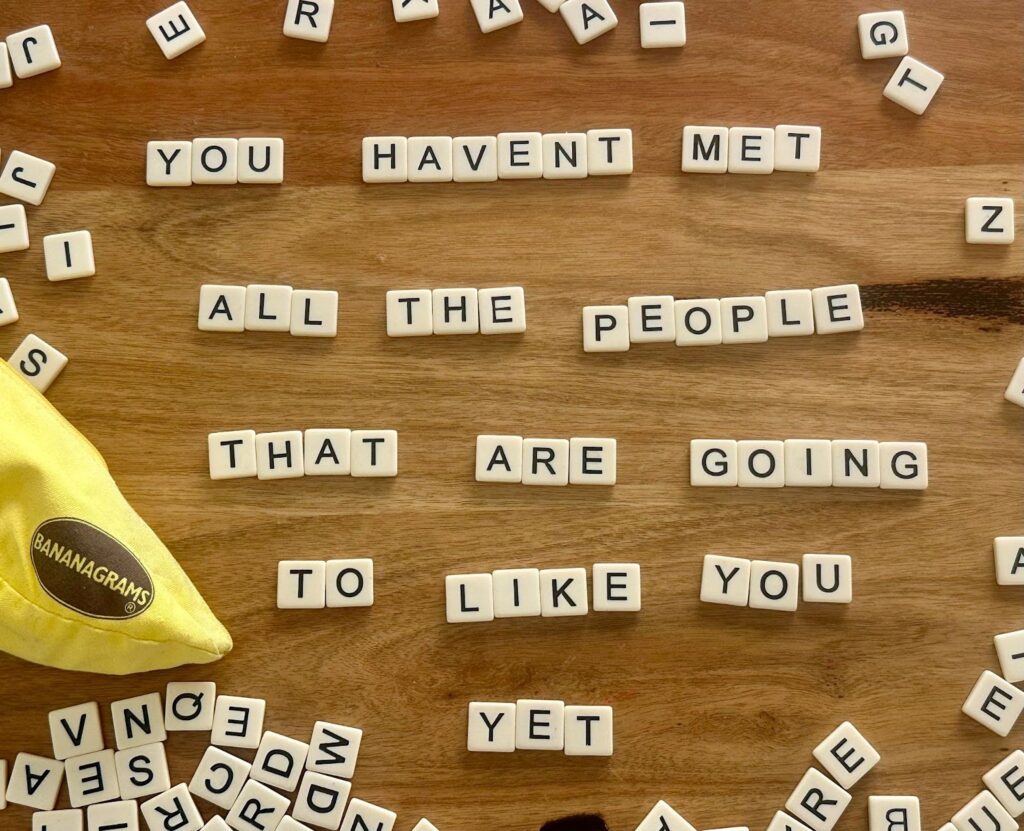
Credit: Kate Holmes – CC by SA https://creativecommons.org/licenses/by-sa/4.0/deed.en
ACROSS THE UNIVERSE
As for human beings’ constant search for love – and aliens – mathematical assumptions using the Drake equation are simply assumptions.
We don’t really don’t know what love – or intelligent life – is until we find it. And that goes for finding the people who give our lives more meaning.
That won’t stop us from hoping it’s out there, whether in a bookshop, at a nightclub or on one of Jupiter’s moons.
And perhaps that’s what truly defines humans as intelligent life forms capable of communicating across the universe: our capacity for hope.
We may be alone in the universe, in love and playing Solitaire, but hope keeps us searching (after all, eventually Peter Backus got married!)
